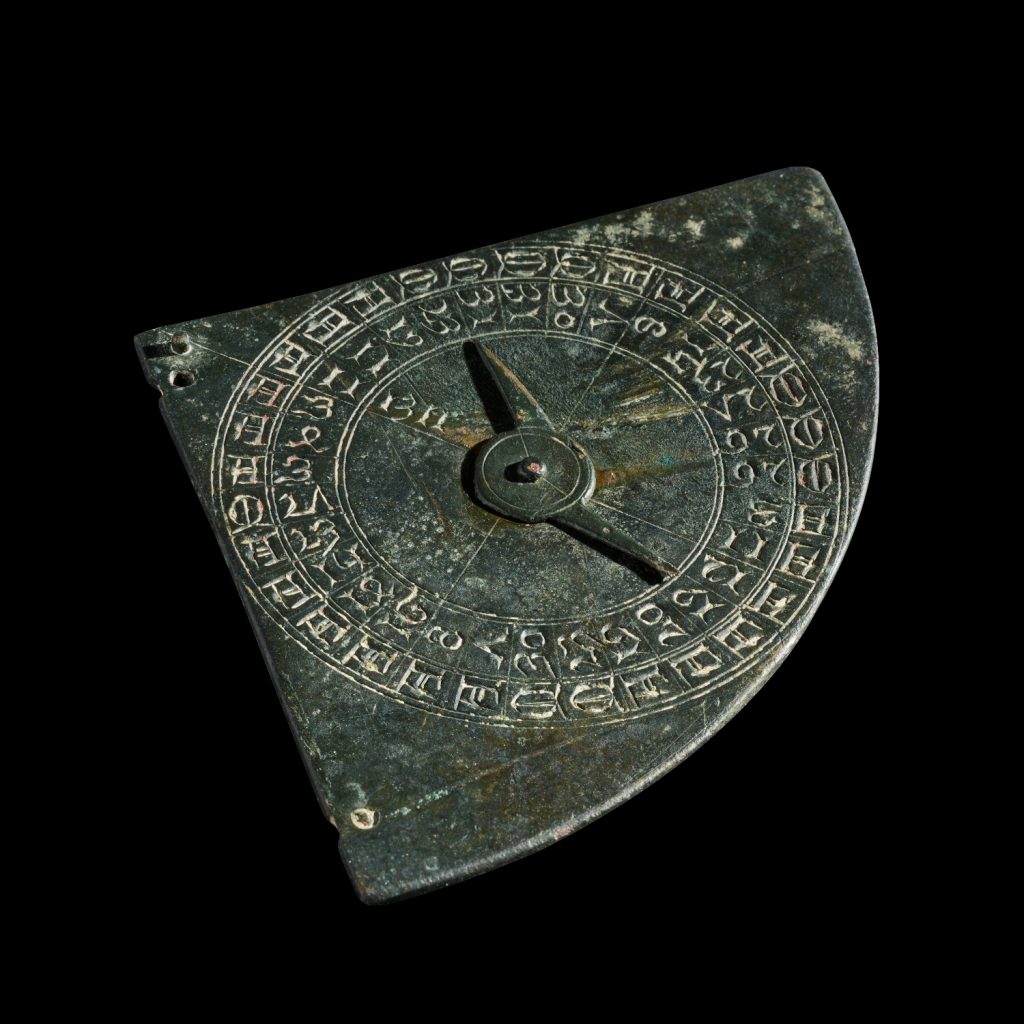Auctions
The U.K.’s Oldest Known Scientific Instrument, Dubbed an ‘Early Computer,’ Heads to Auction
The Medieval device was designed to tell time by tracking the position of the sun.

The Medieval device was designed to tell time by tracking the position of the sun.

Jo Lawson-Tancred

A medieval scientific instrument once used for telling the time by tracking the position of the sun is being offered by Christie’s London. Carrying an estimate of £100,000–£150,000 ($125,000–$188,000), it is one of the highlights of the “Valuable Books and Manuscripts” sale, which will take place on December 13.
Known as an “horary quadrant,” the timepiece has also been dubbed “an early computer.” An inscription tells us that the rare object is from 1311, making it the oldest known example from England. The use of these devices was first recorded in Montpellier in the 13th century, and they eventually became trendy must-have items among astrologers and aristocrats alike.
Remarkably, the quadrant is made from just a slim slice of copper with various engraved metrics that help interpret the altitude of the sun and a radial sundial for telling the time. A spinning index pointer was once used to determine the date of Easter, which falls on the Sunday after the first full moon of the spring equinox.
“These quadrants were probably the tools of merchants, senior churchmen, and scholars,” according to specialist James Hyslop, head of science and natural history at Christie’s London. “The knowledge they provided would have revolutionized the way people in the Middle Ages lived.”
One copper example from around 1388 that was discovered in the town of Canterbury is now at the British Museum, while another made of gilt brass in Germany in 1599 is now held by the Museo Galileo in Florence.
The sale will also include a silver microscope from around 1700 by Antoni van Leeuwenhoek, which is expected to fetch £150,000–£250,000 ($188,000–$315,000). The remarkable object allowed its user to magnify an object 285 times, and the renowned Dutch microbiologist who made it was the first person to observe bacteria.
More Trending Stories:
Inspector Schachter Uncovers Allegations Regarding the Latest Art World Scandal—And It’s a Doozy
Archaeologists Call Foul on the Purported Discovery of a 27,000-Year-Old Pyramid
A Polish Grandma Found a Rare Prehistoric Artifact—And Kept It Quiet for 50 Years
Art Critic Jerry Saltz Gets Into an Online Skirmish With A.I. Superstar Refik Anadol
Your Go-To Guide to All the Fairs You Can’t Miss During Miami Art Week 2023
The Old Masters of Comedy: See the Hidden Jokes in 5 Dutch Artworks
David Hockney Lights Up London’s Battersea Power Station With Animated Christmas Trees